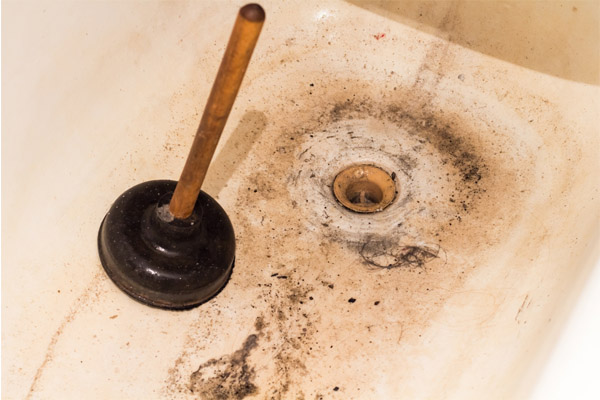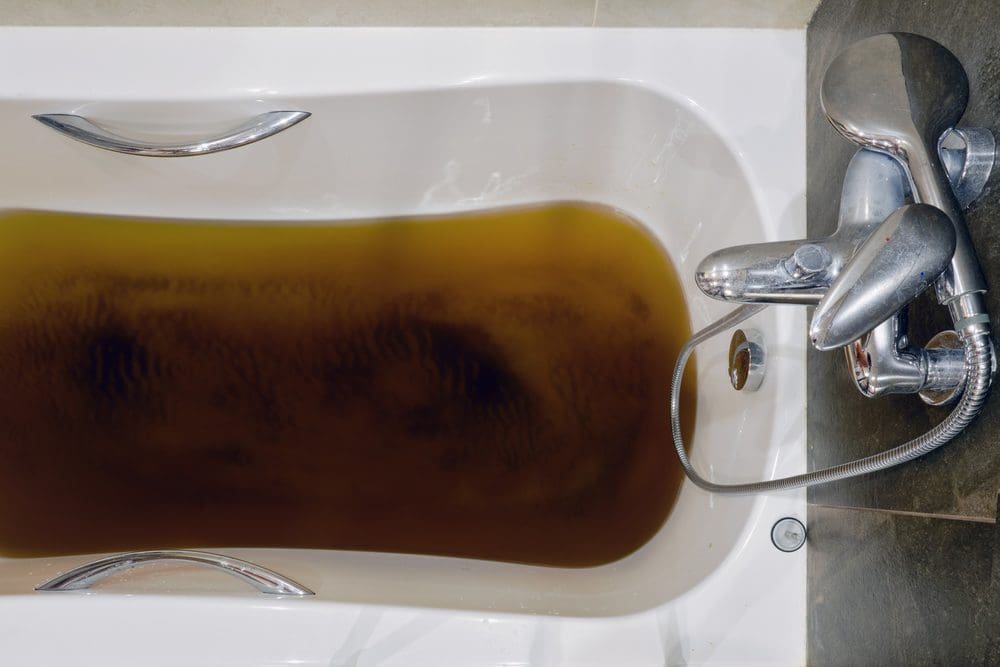Understanding the Phenomenon of Waste Rising Through the Bathtub
Understanding the Phenomenon of Waste Rising Through the Bathtub
Blog Article
Just how do you feel on the subject of What to Do if Sewage Starts Coming Up Through Your Bathtub?

Sewage backup in the bath tub can be a distressing and unhygienic problem for any type of home owner. Not just is it troublesome, however it likewise presents major wellness risks and suggests underlying concerns with the plumbing system. Understanding why sewage is coming up through the tub is important for taking ideal activity to attend to the issue effectively.
Intro to the Problem
Common Reasons for Sewage Back-up
Clogs in the Drain Line
One of one of the most typical root causes of sewer backup is a clog in the sewage system line. This can occur as a result of the accumulation of particles, oil, or international items in the pipelines, stopping proper circulation and causing sewage to support into your bath tub.
Tree Root Invasion
Tree origins looking for wetness and nutrients can penetrate sewer lines via tiny fractures or joints. With time, these roots can expand and expand, triggering substantial damages to the pipes and leading to sewer back-up issues.
Recognizing the Problem
When sewage starts backing up right into the bath tub, it's a clear sign of a trouble with the drain system. The wastewater that needs to be streaming away from your home is rather discovering its way back into your living space, which can bring about substantial damages and carcinogen.
Prospective Reasons
Several aspects can contribute to sewage back-up in the tub. From obstructions in the sewer line to issues with the plumbing framework, determining the source is vital for finding a remedy.
Aging Framework
Older homes might have outdated plumbing systems that are extra vulnerable to deterioration, splits, and degeneration. As pipelines age, they become more vulnerable to leakages and obstructions, boosting the chance of sewage backup events.
Heavy Rainfall or Flooding
Throughout durations of heavy rainfall or flooding, the drain system may end up being overwhelmed with excess water, causing backups and overflows. This can lead to sewer backing up right into tubs and various other fixtures inside the home.
Indications of Sewage Backup
Foul Odors
Unpleasant odors rising from drains pipes or components, especially in the bathroom, may indicate sewage backup concerns. These smells are often solid and consistent, signifying a trouble that requires instant attention.
Slow Draining Fixtures
Bathtubs, sinks, and bathrooms that drain slowly or not whatsoever could be experiencing sewage backup. If several fixtures are influenced at the same time, it's likely that the problem originates from a common factor, such as the primary drain line.
Gurgling Sounds
Weird gurgling or bubbling sounds coming from drains pipes when water is running somewhere else in your home are a measure of air caught in the plumbing system. This air build-up can result from sewage backup and need to be explored quickly.
Health Risks Related To Sewer Back-up
Contamination of Water Supply
Sewage back-up can infect the water in your home, posing a serious wellness risk to you and your household. Exposure to contaminated water can result in stomach problems, skin infections, and other diseases.
Mold and mildew Growth
Moisture from sewage backup can create perfect problems for mold and mildew development in your home. Mold spores can exacerbate respiratory system troubles and cause allergies in sensitive individuals, making timely cleanup important.
Spread of Condition
Sewer consists of hazardous microorganisms, infections, and bloodsuckers that can create a series of diseases, consisting of liver disease, cholera, and gastroenteritis. Entering into contact with sewage or polluted surface areas puts you at risk of infection.
Tidying up After Sewage Back-up
Disinfection Procedures
Extensively sanitize and sterilize influenced areas after sewer backup to remove harmful germs and protect against mold growth. Usage ideal cleansing products and protective equipment to make sure risk-free and effective cleaning.
Repair of Impacted Locations
Repair any kind of damages to flooring, walls, or fixtures triggered by sewage backup. Depending upon the level of the damages, you might need to replace carpeting, drywall, or various other materials to recover your home to its pre-loss condition.
Immediate Actions to Take
Shutting Off Supply Of Water
In the event of sewer back-up, it's vital to shut off the water to stop additional contamination and damages. Find the main water shutoff valve in your home and closed it off up until the concern can be resolved.
Getting In Touch With a Professional Plumber
Dealing with sewage back-up is not a do it yourself work. Contact a qualified plumber with experience in dealing with sewage-related problems to assess the circumstance and execute needed repair work or cleanings.
Avoiding Contact with Polluted Water
Till the sewer backup is settled, avoid contact with contaminated water to avoid the spread of microorganisms and virus. Put on safety gear if you should remain in the affected location and wash your hands thoroughly later.
Preventive Measures
Routine Upkeep of Drain Lines
Schedule regular evaluations and upkeep of your drain lines to recognize and address potential concerns before they rise right into significant problems. This can consist of clearing out debris, examining for tree root intrusion, and repairing any damaged pipelines.
Installing Backwater Valves
Think about setting up backwater shutoffs in your plumbing system to avoid sewage from flowing back into your home during durations of heavy rainfall or flooding. These shutoffs immediately close when water draws back up, securing your home from contamination.
Appropriate Disposal of Home Waste
Prevent purging anything besides toilet paper and human waste down the bathroom to stop obstructions and obstructions in the sewage system line. Dispose of grease, oil, and various other family chemicals correctly to minimize the risk of plumbing issues.
Why Is Water Backing Up in My Bathtub When I Flush My Toilet?
What to do about a sewer line clog
First, don’t bother with plunging. No amount of plunging will dislodge the clog in a sewer line. The clog is too far away. Plungers are for clogs in the toilet itself, not the sewer line. Plus, the most likely causes of a sewer clog are:
Tree roots Flushed toys or feminine products Grease buildup Those items don’t move easily. And in the case of tree roots, the roots need to be cut out of the pipe and the pipe will need to be repaired.
You’ll need a closet auger. A closet auger is a type of plumber’s snake with a protective cover to keep from scratching the delicate porcelain toilet. If the clog is further down, you may need to remove the toilet or use one of your cleanouts to get to the clog.
We also recommend doing a video inspection of the drain to ensure that the cause of the clog has been completely removed. Otherwise, you could have the same problem again in a few days or weeks.
https://mspplumbingheatingair.com/blog/why-is-water-backing-up-in-my-bathtub-when-i-flush-my-toilet

I recently found that content on Why sewage is coming up through your bathtub when looking around the web. For those who enjoyed our blog post if you please remember to share it. Thanks a bunch for your time. Return soon.
Call Today
Report this page